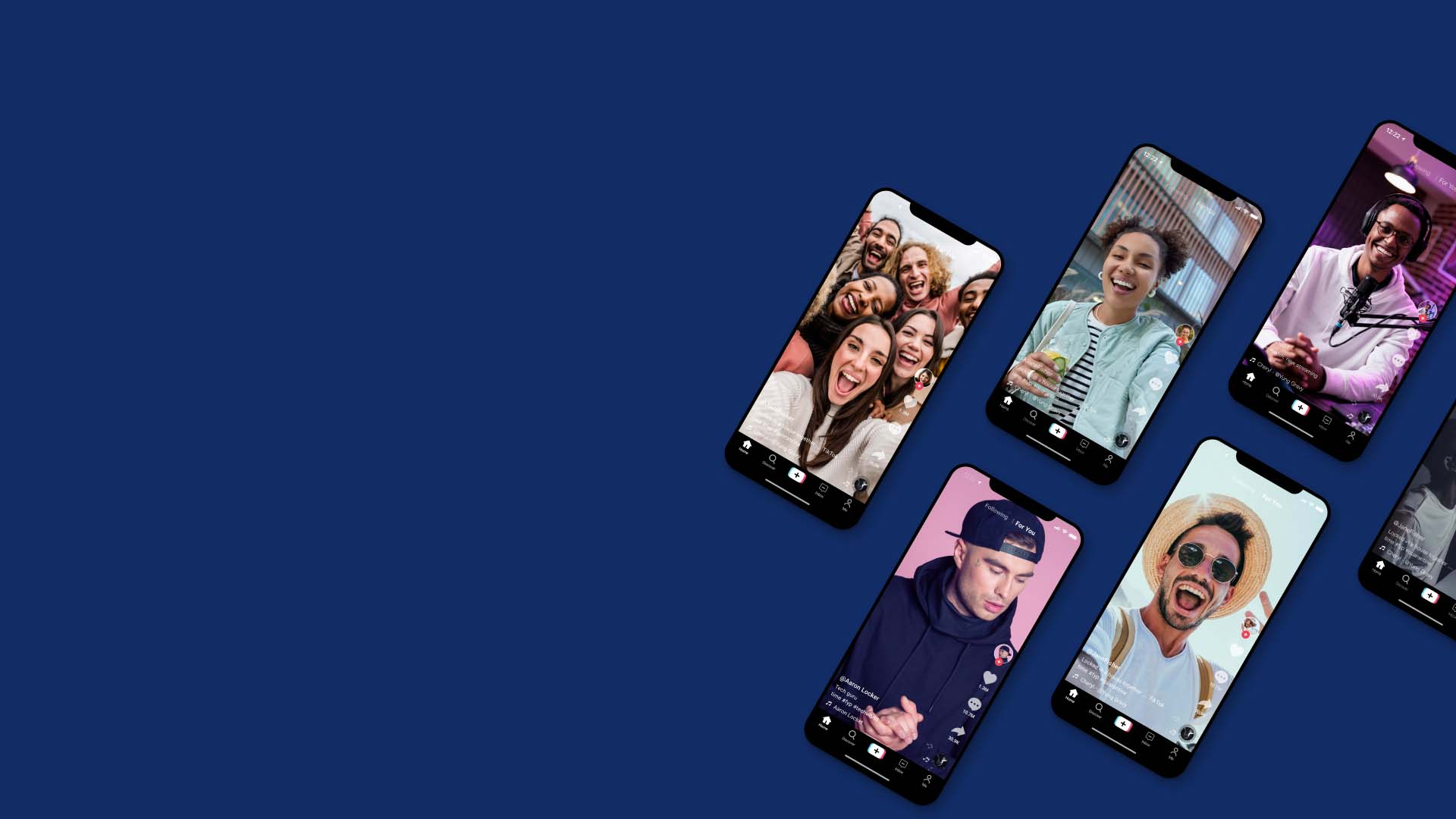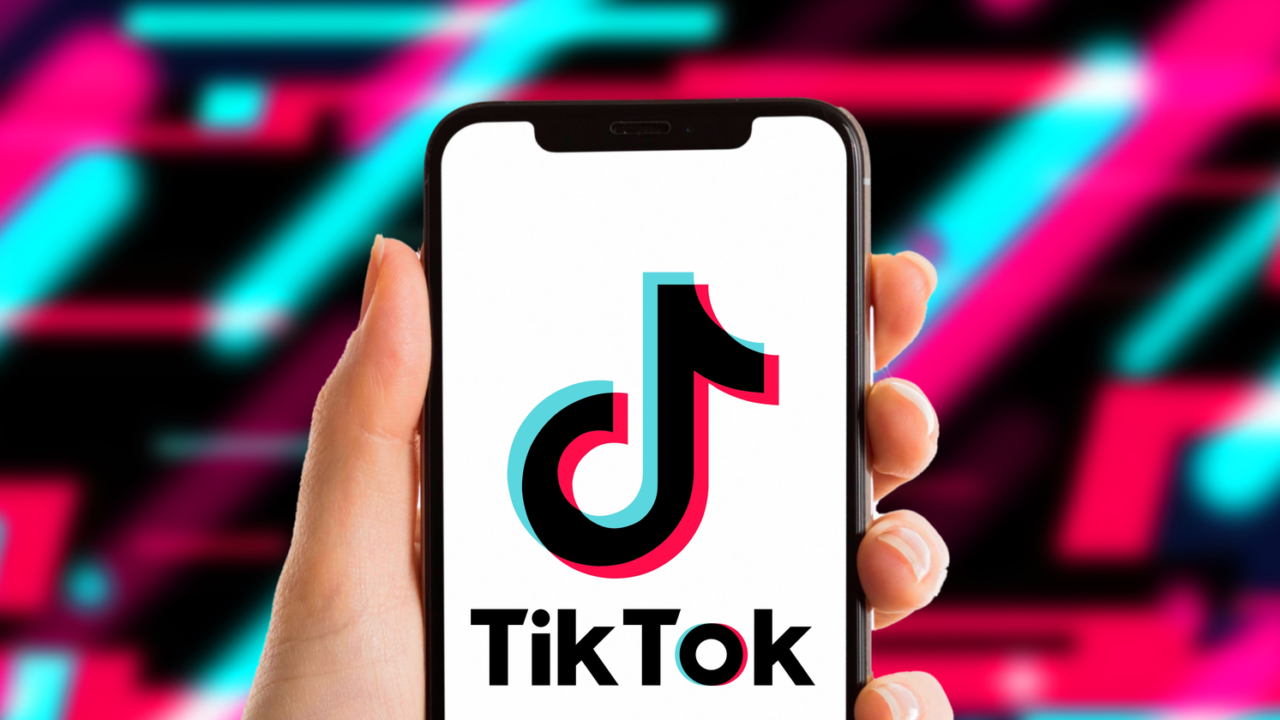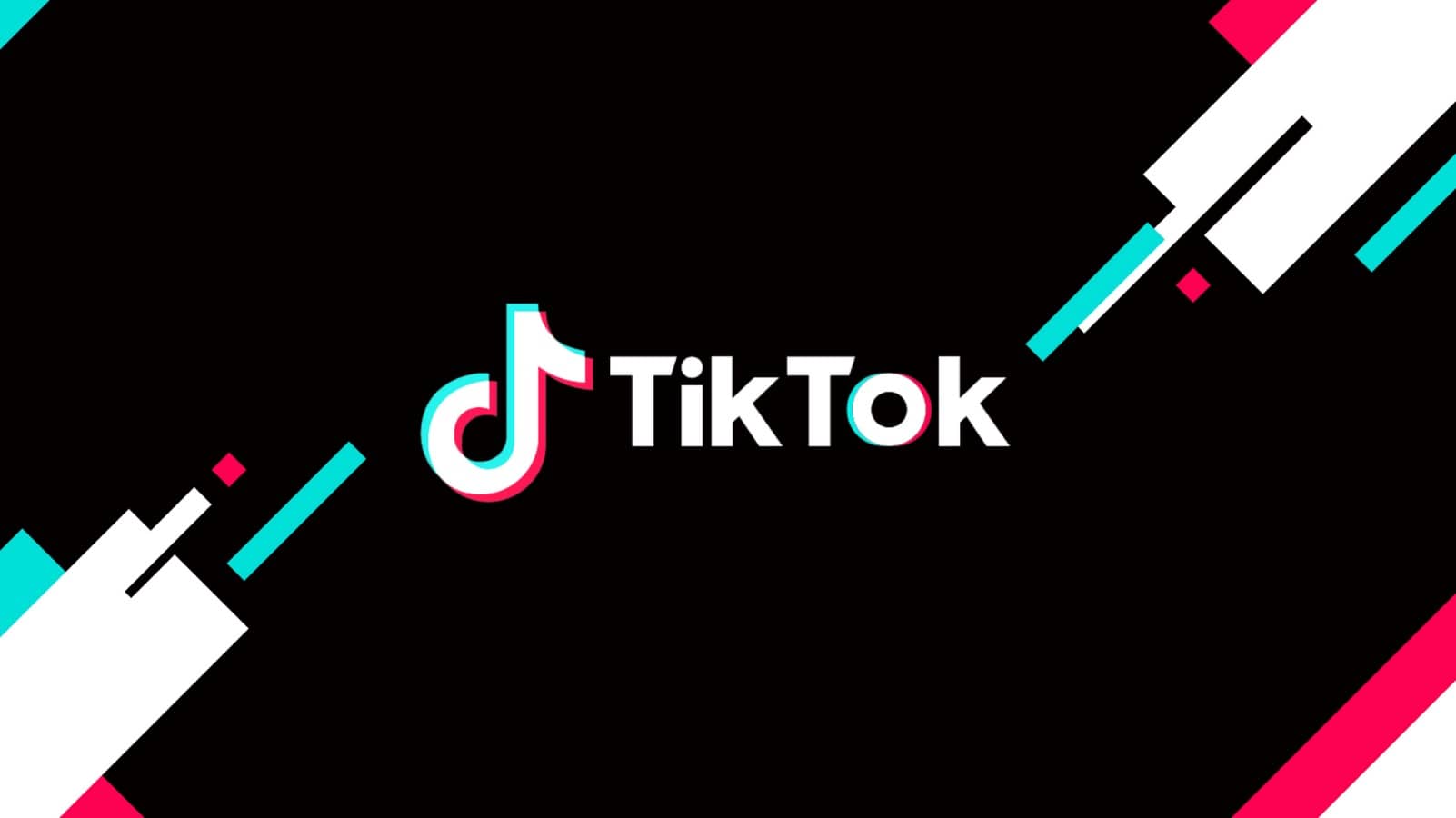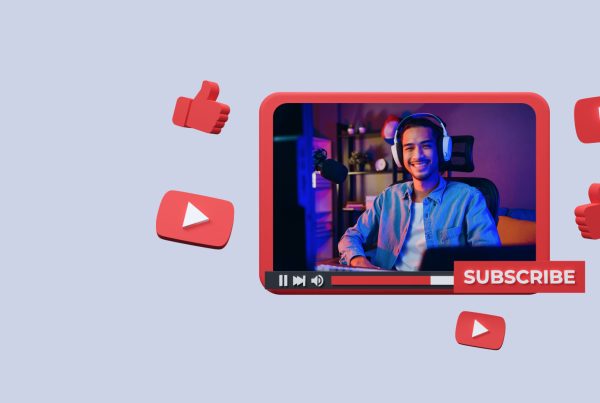
Gabriela Polidoro Lima
– UX Designer & Content Writer –
Writing about TikTok can be a bit simplistic for those who are not active on the platform (I am included in that group). But since its launch in 2017, a lot has changed and it has been increasingly seen as an important (and indispensable) business tool.
I went looking for information on this topic to be able to write about it and I confess that I was somewhat impressed with the proportion and the reach achieved in such a short time.

Gabriela Polidoro Lima
– UX Designer & Content Writer –
Writing about TikTok can be a bit simplistic for those who are not active on the platform (I am included in that group). But since its launch in 2017, a lot has changed and it has been increasingly seen as an important (and indispensable) business tool.
I went looking for information on this topic to be able to write about it and I confess that I was somewhat impressed with the proportion and the reach achieved in such a short time.
Known in the past (or by the out-of-date) as “the silly dancers’ app,” it has been heading for extraordinary growth since it became available outside of China, its country of origin, in 2018. During the pandemic, it achieved astonishing growth becoming the app with the highest growth record in history. That position is not for everyone, especially at the time we live in where everything has become increasingly digital.
 Source: Daily Infographic
Source: Daily Infographic
Mission: to inspire creativity and transmit joy
Simon Hofmeister, head of e-commerce for the brand, recently released figures about the reach the platform has achieved, its growth, and the important gap it has filled between entertainment and business. When asked about the brand’s mission and values, he talks about how they “consider themselves more of an entertainment platform than a social network.” And that “when accessing the platform, people are looking for entertainment, watching something, not simply checking or checking some information.” Moreover, the huge success and popularity among the more than 1 billion users comes from the content posted with realism and naturalness. “It’s made for real people, by real people, about real people.”
He further reveals that bringing humanity into the content makes the experience more real and connects the viewer much faster and more efficiently. All content is personal, which makes people instantly motivated because they recognize themselves in the content and the people who create it. Thus, talking about products and brands becomes something simple and natural and is seen as something genuine by those who watch it. It is like a chat among friends, one giving conversation or tips to the other, in a fun and positive way.
Simon also registered that 73% of people feel more positive after watching authentic content, which reinforces the brand’s values and gives a clue to the reason for its resounding success.
TikTok For You: Real Joy
In a video created by the brand itself (see below), one can learn more about the authenticity of its content from its creators. When talking about what they like most about the platform, they say that their people feel they are not alone because they create instant bonds with content creators. Everyone feels unique because each one has their authentic way of expressing and communicating. It is a space made by a diverse community where there is less judgment and more freedom, and everyone is accepted. Besides the feeling of belonging, they feel that the public is always willing to laugh at anything, which makes the process of content creation and dissemination much more fluid.
The brand pillars established by Authenticity, Happiness, and Joy are explicit in these creators’ discourse, as can be seen in the video.
Data released by the platform
To understand the greatness of TikTok’s achievement, Kantar+TikTok’s Time Spent Well survey released some really impressive numbers:
– With only 4 years of life it reached 3 billion downloads, a number reached by Facebook and Instagram in almost 10 years;
– The company that created the app, Bytedance, was valued at $280 billion in August 2021, becoming the most valuable startup in the world;
– Ended 2020 as one of the 10 most downloaded apps;
– 20.83% of the world’s internet users use TikTok while 22.33% of social media users actively use it and 90% of those on that platform access it daily;
– The platform currently has 1 billion monthly active consumers and over 1 billion views per day;
– It’s available in more than 155 countries and 75 different languages;
– when it comes to engagement, it’s the leader recorded an average duration of 10.85 minutes, twice as long as second-placed Pinterest, which recorded 5.06 minutes;
– Since June 2020 the platform has allowed branded ads to run, allowing companies to use e-commerce features such as buy links, hashtag challenges, and in-feed ads to convert likes into purchases.
While a study conducted by Ofcom in 2020 showed that 1/3 of our waking hours are spent watching television or online video content, Kantar, a research firm that developed a study in conjunction with TikTok revealed that 1/3 of people assume they have decreased their hours watching television or streaming content because of TikTok. Yet that same number says they want a more engaging and entertaining shopping experience, according to GWIconnecting the Dots, in a report released in 2021. When gathering this information one might ask: so why not offer this through a platform that has entertainment in its DNA?
 Source: pplware
Source: pplware
Purchase Decision
And if the app has become much more than a second screen, but rather a means of offering a fully immersive experience, it is clear that there is a great opportunity (undeniable) to use it also as e-commerce that, in its more traditional model, can even sometimes offer a monotonous experience.
The brand’s Research Department disclosed that 39% of users confessed that the key to their purchase decision lies in content that lifts their spirits.
While the video format is nothing new to the internet and online commerce, on TikTok, 40% of users confess that they are influenced by them to decide their purchases. And those who buy on that influence, eventually return to the platform to create content about the products and brands they purchased. This movement creates a new buying journey, very different from the traditional one. The famous “word-of-mouth” has become “video-to-video”. Buying through ads or even advertising produced by influencers and brands in the traditional way has no space and no efficiency in TikTok.
The looping effect starts through these consumers who when browsing the platform discover products and brands through algorithms that show the content of their interest, according to their tastes and frequent searches. When they purchase products, if the experience was positive, they create more content to share with their followers, influencing more people to buy the same item. And then, it starts all over again.
The success of the short, entertaining, and humanized video format is key to the platform’s review culture, which is evidenced by the hashtag #TikTokmakemebuyit, posted on more than 31 billion videos.
Deconstructing the traditional advertising format that may even seem like an intruder when it appears when we are consuming other unrelated content, consumers seek the platform precisely to consume advertising because, there, it appears in a fun way and the results end up appearing organically and naturally, enhancing the act of buying.
TikTok’s secret formula is to empower its users by making them change statuses throughout their stay on the platform and in the way they interact with it. The dynamic is to get consumers to become active in the community and influencers to become content creators through a conversational, non-intrusive message.
People create communities around the brands and products they like and create hashtags to address topics and themes they identify with like: food – #foodtok, books – #booktok or gym – “gymtok”. The content created naturally and organically turns simple participants in the platform into real influencers, even if they do not have an expressive number of followers. This information was disclosed by the brand itself, which, when talking about the relevance of its content in the dissemination of a product or brand, obtained more influence and consequently better results than the content produced by the company that owns the brand, with much more investment in production.
Users and content
When it comes to the profile of users, there are some changes since the app became available. The great active mass is still the young audience, but a more adult age group has gained importance, which also increases the conversion power (adults have more buying power). In the last 18 months, adults have increased 5 times their adherence to the platform and are creating content as well, not just watching.
When it comes to gender, women predominate, with 59%. As for the age groups: 28% are up to 18 years old; 35% are between 19 and 29 years old; 18% are between 30 and 39 years old, and only 19% are older than 39 years old.
But what are all these people looking for when accessing TikTok? The survey conducted by Kantar+TikTok disclosed that 76% want to watch videos, 33% have as their main activity following content creators, and 29% see the platform as a tool to learn new things. The proof of this is the hashtag #LearnonTikTok, one of the most popular among users. Another formula for the brand’s success: transmitting credibility and knowledge through its content.
The short format of the videos is another factor responsible for the success of the platform. The message is short, so even if it is not of interest to the user, he can quickly move on to the next content. Loops and automatic playback also make it easy to consume and make the experience lighter and more fun, as well as customization. The For you tab offers content based on each user’s searches and interests. Even people with common interests will have different tabs, which retain the audience for even longer consuming and being entertained with the platform. In addition to the personalized experience, it offers the ability to meet people from around the world and diverse cultures and has a friendlier algorithm, which allows for more organic engagement.
Another factor of popularity and engagement is the sense of community, which is at the core of the brand’s values. The same survey showed that 71% of users watch alone but 67% share videos outside the platform because, even people who have not yet joined, can consume their content through other social networks, through sharing done simultaneously on Youtube, Facebook, Instagram, Twitter, and WhatsApp. In other words, most users socialize with friends and family, and those who create content enlist the help of friends or family, further reinforcing the spirit of collectivity.
 Source: Blog eMania
Source: Blog eMania
For brands that want to join
After learning all this information, brands looking to capitalize on the popularity and success of TikTok should heed the following tips for content creation:
– Focus on niches – join the sense of community and look for groups that have synergy with your brand or product;
– Create authorial and repetitive content – communicate ina genuinel way to generate connection and use repetition to be more easily remembered and identified;
– Accessibility – do not forget to insert subtitles in the videos to have an even greater reach;
– Information and entertainment – always keep in mind that the platform’s main goal is to entertain and amuse users, so it is essential to communicate by offering a fun and joyful experience;
– Stay active – after the content is on air, it is very important to engage with the community through comments and hashtags.
This data is important for brands to know how to communicate with their audience and the possibilities to reach more and more people through the most popular app of the moment.




 Source: Daily Infographic
Source: Daily Infographic Source: pplware
Source: pplware Source: Blog eMania
Source: Blog eMania




